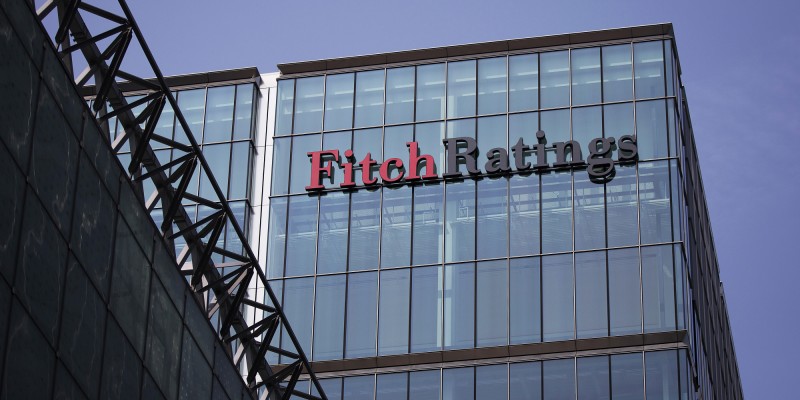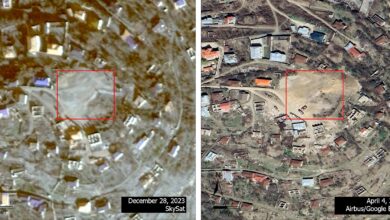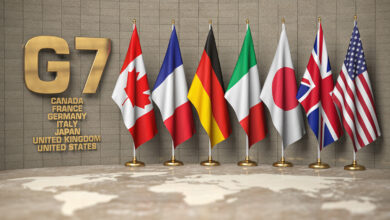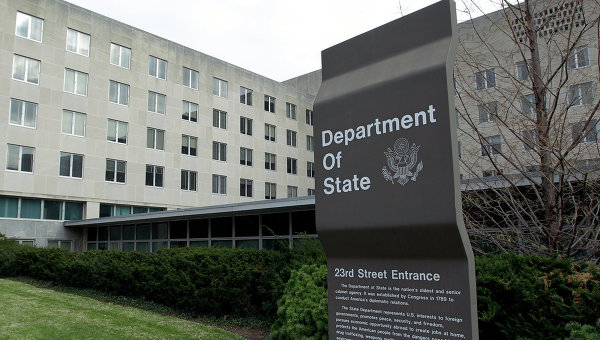Fitch affirms Armenia at ‘B+’; Outlook stable

itch Ratings has affirmed Armenia’s Long-Term Foreign- and Local-Currency Issuer Default Ratings (IDR) at ‘B+’ with Stable Outlook. The issue ratings on Armenia’s senior unsecured foreign-currency bonds have also been affirmed at ‘B+’. The Country Ceiling has been affirmed at ‘BB-‘ and the Short-Term Foreign- and Local-Currency IDRs at ‘B’.
KEY RATING DRIVERS
Armenia’s ratings are supported by strong income per capita and governance indicators relative to peers, a credible monetary policy framework, reduced external imbalances and a favourable government debt structure. The ratings are constrained by high net external debt, high fiscal deficits leading to a rising public debt burden, exposure to external shocks, a highly dollarised banking sector and tensions in relations with some neighbouring countries.
The country is continuing to adjust following the external shock in 2014-15 from the drop in commodity prices and remittances from Russia. GDP growth has recovered strongly reaching 6.5% in 1Q17, after the sharp deceleration to 0.2% in 2016. Fitch has revised its growth projection up to 3.4% for 2017, with upside risks from stronger than expected public sector capital spending and faster export growth. Growth could accelerate further in 2018-19, but improving the country’s medium-term growth prospects is likely to require further progress in improving the investment climate, as total investment is low at 18.4% of GDP.
Armenia’s exports are growing strongly, which helped its current account deficit to remain roughly stable at 2.7% of GDP in 2016. A favourable international environment characterised by a recovery in commodity prices, improved export diversification and stabilisation of the Russian economy will benefit export and remittances receipts, leading the current account deficit to average 2.1% in 2017-2018, almost half the expected ‘B’ median. Lower current account deficits help mitigate external vulnerabilities given Armenia’s small size and commodity dependence, as well as helping to support stabilisation of the country’s high net external debt of 46.7% of GDP vs 20% for the rating category median.
Fitch expects Armenia’s general government deficit to narrow to 3.3% of GDP in 2017 after ballooning to 5.5% of GDP in 2016, compared with an original target of 3.5%. As government debt exceeded 50% of GDP in 2016, the government has targeted a 2017 deficit of 2.8% of GDP, which must be lower than 3% of the previous three years’ average GDP to comply with the Law of Public Debt. Strong GDP and revenue performance year-to-date has afforded the government space to increase capital spending without modifying the original deficit.
Nevertheless, in consultation with IFIs authorities are considering possible modifications to the current fiscal rule in order to increase its flexibility and smooth the fiscal consolidation path to avoid a negative impact on growth. Changes could be implemented before the end of the year, leading to higher than previously targeted deficits in 2017 and 2018. A predictable and credible fiscal consolidation strategy are important to stabilise debt dynamics and regain policy space given Armenia’s vulnerability to external shocks.
Public debt rose to 56.6% of GDP in 2016. Debt has barely surpassed the 55.7% ‘B’ median, but Armenia’s debt has risen by 13pp of GDP since 2014 averaging 15% annual growth. The debt structure is favourable as the majority is concessional (66% of total debt) and medium to long term. Nevertheless, Fitch notes that rapid debt accumulation has pushed up interest costs in terms of both GDP and total government revenue, thus further reducing space for improved quality of fiscal spending. Currency risk is high as 82.3% of government debt is foreign currency denominated.
Armenia is exposed to external shocks but has shown a capacity to absorb them, helped by a credible monetary policy framework. After 16 months, the country exited deflation in April. Inflation could average 1.6% in 2017, significantly below ‘B’ and ‘BB’ levels, and will likely remain moderate over the forecast period. After lowering its policy rate by 25bps to 6% in February (425bp cumulative reduction since November 2015), the central bank will likely calibrate monetary policy taking into account the convergence of inflation out-turns towards its target (4%) in 2018-2019, its impact on expectations and exchange rate volatility.
Banks have raised minimum capital levels, in line with the central bank’s requirements, leading to strengthened capitalisation (CAR 19.9% in April), mostly through shareholder contributions and with no need of sovereign support. Non-performing loans (up to 270 days overdue) equalled 7.3% in April. Foreign-currency credit and deposit levels remain above 60%. The banking system’s FX position is balanced and regulations are in place to prevent foreign-currency lending to non-foreign-currency generators.
International reserves are close to USD2 billion (above four months of current external payments). Fitch estimates that Armenia’s liquid assets as a share of short-term liabilities (at 125% in 2017) will remain below the ‘B’ category median. Exchange rate flexibility, reduced external imbalances and access to external financing reduce the risk of near-term balance of payments pressures. After finalising its IMF EFF agreement with the Fund this year, Fitch expects the authorities to seek a continued engagement with the Fund.
Armenia’s April parliamentary elections took place peacefully with the results accepted by opposition parties. In April 2018, constitutional reforms will come into effect, with the prime minister becoming the head of state and the president being elected indirectly by an electoral college/parliament. In the event of changes to the composition of government, Fitch expects the general direction of economic policy to be unaffected.
Following the April 2016 four day military conflict, incidents between Azerbaijan and Nagorno-Karabakh have picked up in magnitude and frequency since late 2016. As formal negotiations over Nagorno-Karabakh issue seem to be at a standstill, further escalation is a material risk.
SOVEREIGN RATING MODEL (SRM) and QUALITATIVE OVERLAY (QO)
Fitch’s proprietary SRM assigns Armenia a score equivalent to a rating of ‘B+’ on the Long-Term FC IDR scale. Fitch’s sovereign rating committee did not adjust the output from the SRM to arrive at the final LTFC IDR.
Fitch’s SRM is the agency’s proprietary multiple regression rating model that employs 18 variables based on three year centred averages, including one year of forecasts, to produce a score equivalent to a LTFC IDR. Fitch’s QO is a forward-looking qualitative framework designed to allow for adjustment to the SRM output to assign the final rating, reflecting factors within our criteria that are not fully quantifiable and/or not fully reflected in the SRM.
RATING SENSITIVITIES
The Stable Outlook reflects Fitch’s assessment that upside and downside risks to the rating are currently balanced. Nonetheless, the following risk factors could, individually or collectively, trigger positive rating action:
– A downward trajectory in the government debt-to-GDP ratio.
– Faster growth that supports convergence towards income levels of higher rated sovereigns without increasing macroeconomic imbalances.
– A sustained improvement in the external balance sheet.
The following risk factors could individually or collectively, trigger negative rating action:
– Continued increased in the government debt to GDP ratio, for example due to failure to achieve fiscal consolidation and/or growth underperformance.
– A sustained fall in foreign exchange reserves.
– An escalation in the Nagorno-Karabakh conflict if it were to have a material impact on the Armenian economy or public finances.
KEY ASSUMPTIONS
Fitch assumes that Armenia will continue to experience broad social and political stability.










